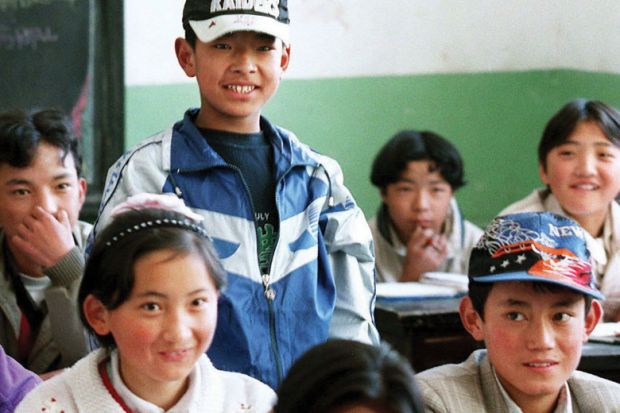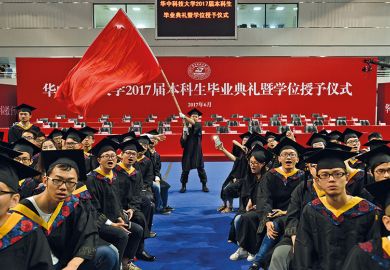It is easy to think of China in the terms of government, business opportunities and special economic zones.
However, it is – above all – a country of more than a billion individuals. Among those are millions of children, teens and adults seeking education. This education, however, requires an overhaul to create a better system so that young Chinese grow and mature into productive and innovative adults.
The Chinese deputy director general of basic education, Wang Dinghua, put the issue in perspective when he stated: “We need to shift from a nation with large human resources to a nation with strong human resources.”
To achieve that, China is doing more than just talking. It is working to implement a plan that it hopes will significantly improve its education system within the coming years.
Much like the US under the No Child Left Behind programme, China has put a heavy emphasis on rigid learning systems followed by standardised tests, which are known as “gao kao” in China.
This exam regimen is not well loved by China’s students, who see it as an ordeal that must be completed in order to advance rather than as a vital part of a learning process. One student even stated that, “Exams may have no use for me; but I cannot realise upward mobility without doing well.”
One problem with this method is that students are taught to memorise facts rather than to approach problems critically.
China’s focus on standardised testing has led to a teaching style that emphasises memorisation. For example, maths scores were rather high because children were pushed to memorise complicated formulas that they could use on problems given to them.
Unfortunately, this system failed to equip children with the skills and thought processes to innovate. There was no focus on critical thinking.
To change this, the Ministry of Education wants to shift the focus from memorisation to preparation for real-world situations. For a maths problem under the new system, for example, teachers would relate it to real-world use when they present it and, rather than just providing a formula to be applied, they would go over different methods of solving the problem and take a deeper look into why the problem can be solved that way.
This issue is important especially when moving into higher education and the workforce. A person who has been taught only specific formulas and definitions will quickly find that such textbook logic does not always translate to real-world problems. And of course, once you get into higher education and the real world, you won’t be given a textbook problem but rather a real-world situation.
China is also grappling with an extremely high rate of internal migration. It is seeing a mass migration of more than 300 million people leaving their homes in rural China to go to the country’s cities. As a consequence, a large chunk of government money goes to expanding urban centres and updating infrastructure to accommodate the booming urban populations. This urban focus causes some to worry that children in rural schools will be neglected and not properly prepared for higher education.
However, the Ministry of Education stresses that it does not intend all its education resources to go into urban centres. It wants – and needs – to ensure that those students who live in rural areas are subject to the same education standards as those children in the larger metropolitan centres.
Wang has not gone into much detail on this, but he did outline one plan. This would involve rotating teachers’ assignments on a five-year basis to ensure that the best teachers are not found only in the biggest schools. Instead, high-performing teachers would spend some time teaching in the city and then take that expertise to rural China.
Right now, China has a system that is focused on teaching students how to pass tests. What it wants and needs, however, is a system that creates innovative and unique individuals capable of thriving in the marketplace. To do this, it must find a system that promotes growth and critical thought. Creating this system is not, however, a problem with a single, simple solution.
China has a ways to go in reforming its education system, as the government has acknowledged; but it is dedicated to creating a system that works for everyone. The government has said it is studying what other countries do, but at the end of the day, it will be looking for reforms that will cater to Chinese students specifically. This means that China won’t just be ripping off Western reforms.
David Smith is founder of China Universities and China Study Abroad. He lives in Shanghai, China.
Register to continue
Why register?
- Registration is free and only takes a moment
- Once registered, you can read 3 articles a month
- Sign up for our newsletter
Subscribe
Or subscribe for unlimited access to:
- Unlimited access to news, views, insights & reviews
- Digital editions
- Digital access to THE’s university and college rankings analysis
Already registered or a current subscriber?




